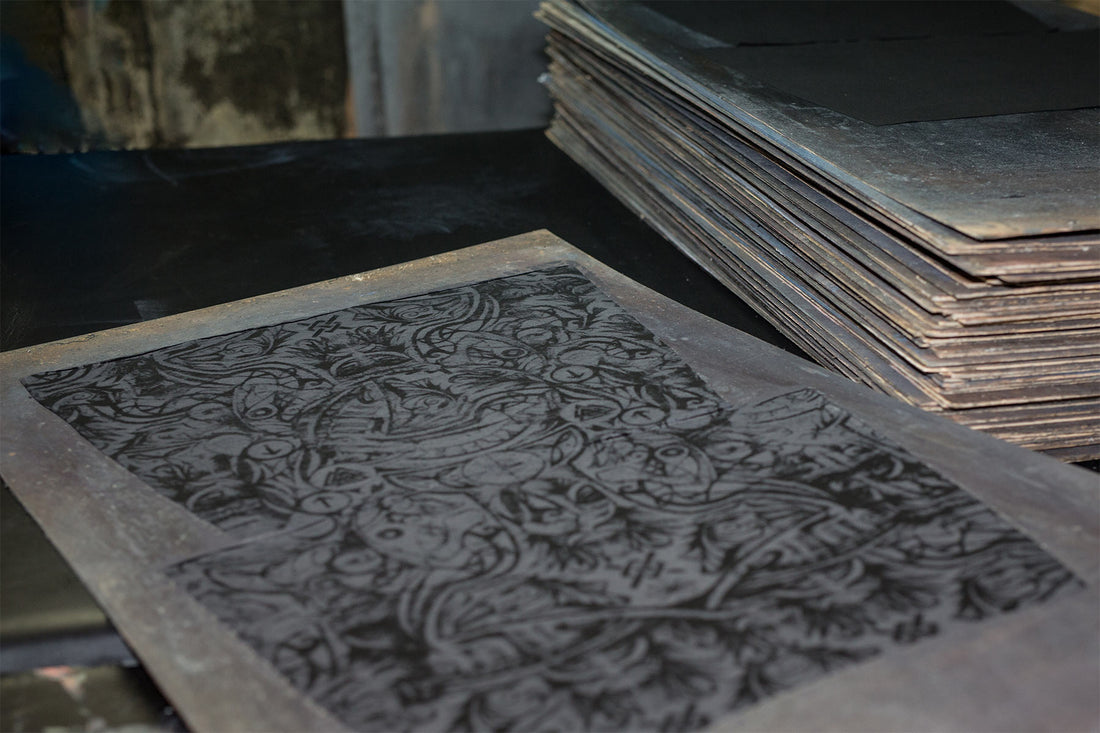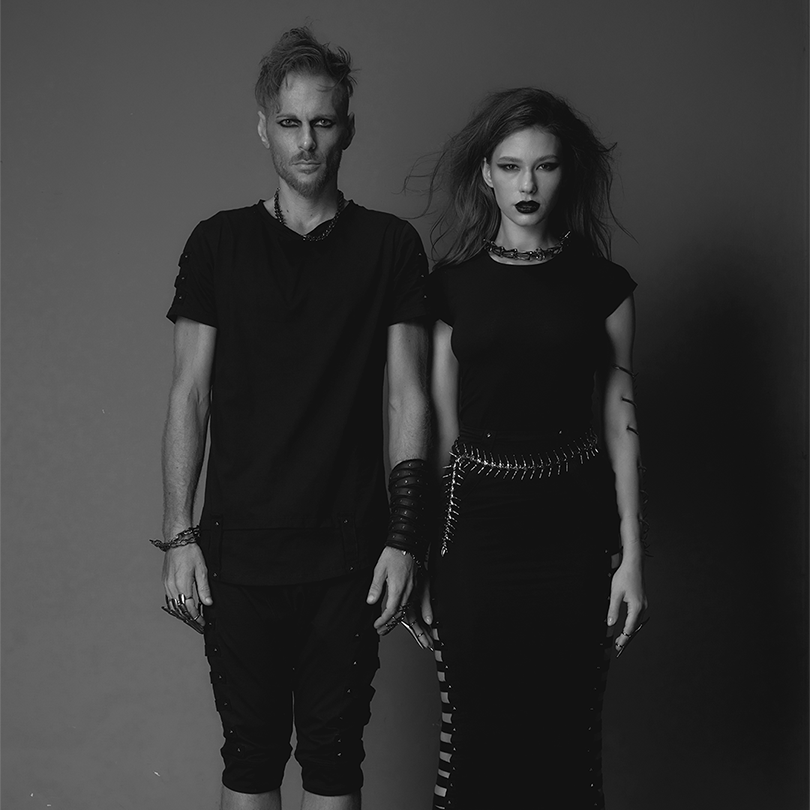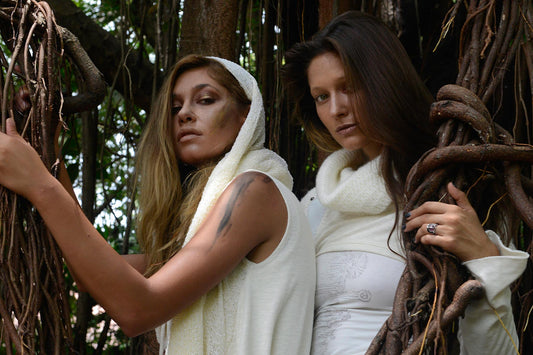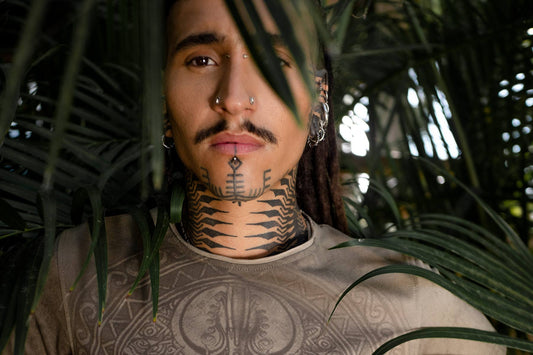Being part of the slow fashion movement as streetwear designers & makers - we believe it is our responsibility to be transparent, sharing with you as much as possible about how Psylo clothing is crafted. One of the advantages of creating Psylo in-house is being able to talk freely about our methods, processes, and materials. And to openly invite any questions…. So after speaking already about our minimalistic & earthy colour palette (see: Guide to Your Outfits Colours), and about our screen-printing process (see: Screen-printing at Psylo), it’s time to talk more about our colours and dyes.
If you ask Ami Ganiel, our creative director - he’ll tell you that choosing colours is done with the heart; a colour which evokes a sense of comfort. A colour which feels relaxing to wear. That’s why we love designing in earthy colours and neutral tones - as they give that grounding, relaxing, and connection to nature- feeling. Advocating for slow fashion also means designing a smaller, versatile wardrobe (see: The Capsule Wardrobe Guide). So sticking to a minimalist colour palette makes for easy matches and greater flexibility. Particularly we love working with black and white (which actually are not colours…), with a bit of olive, charcoal, teal… to give a touch of colour. So these are usually the colours of the plain fabrics we source.

Some of our fabrics arrive at the Psylo factory already coloured. In this process, before weaving the fabrics, the fibres are dyed first. Then, after the fabric is weaved - it will undergo a second dye. Other times, we buy the fabrics raw. As colouring huge rolls of fabric require a mechanical process, we outsource this to a specialist dyeing company. Working with an expert company for dying our fabrics not only gives the highest quality results. It also means that their methods & materials are being regulated and kept up to standard.
The process used to dye the raw fabric involves dipping the long rolls of fabric in big buckets. Using next a chemical binder, to ensure stabilisation of the colour and prevent fading. An industrial oven is used to dry the fabric in the exact same way, all over. The fabrics are then washed to stabilise, and to remove any extra dye. To prevent any twisting of the fabric, and to keep to our high-standard of maximum 2% shrinking - the fabrics go in the oven for the second time... Any waste from this process is being passed through a good filtering system, using eco-septic tanks, before entering Bali’s waterways.

Working only with reputable suppliers ensures transparency throughout the supply chain and supports sustainable practices that help protect Psylo home - Bali. photo credit: Niklas Weiss via unsplash.
Now we get to the interesting part. When you prefer working with natural fabrics, there's a more limited selection of fabrics to use. Plus, the fabrics are available plain, or already dyed in one-tone colour. So over the past 2 decades, we developed various detailing techniques - to add character to these plain fabrics. From unique cuts and stitching techniques, discharged looks or raw edges, and our “shading” textured or symbolic prints - all became the Psylo style’s signatures. These complicated techniques require attention to detail, on a level which is impossible to outsource, and are all done in-house at Psylo HQ, Bali.

For each collection with love working with a certain theme to inspire our designed prints. Drawing inspirations from various Arts & Cultures - to create a texture to the fabric, or to add a designed touch. The artworks and textures are applied to the fabric using dyes & colours imported from Germany, which we get through our local Jawa supplier. The colours are mixed with water and a chemical binder. When printing on black fabric, there is also a need to use a tiny bit of a plastisol “super white”, for the dye to be seen on the dark fabric. In our research looking for natural dyes, sadly we found no reliable, standardised and persistent option to pass our quality control. Locally, there is simply no natural colour or dye that gives a long-lasting result.

Our colours and dyes are applied to the fabric following the ancient tradition of manual Silk-screen. Applying our to intricate artworks in this method involves immaculate skills. For this reason, all screen-printing at Psylo is done by a dedicated team, who have been working with us for over 10 years (see: Meet our team).
Today, most of our artworks-for-print have evolved, and include a lot of “shading”. These signature textured-style prints require pixel-like resolution. To achieve this we use a screen with the tiniest holes, together with 2 pairs of skilled & steady hands working in sync - to go over the screen only once or twice. The small holes get blocked fast, so every 4-5 rounds the screen is washed and cleaned. In comparison, for bigger artworks or ones with less “shading” - the screen needs to be washed only every 15, and the screen itself can last for years. Although our textured prints require a more complicated and precise process, the unique results are totally worth it!
At the end of the screen-printing process, the printed fabric is dried, hanging on a line, or shelves. It is then heat-pressed, to stabilise the print and make it last. Finally, the fabric is ready to be passed on to our expert tailors for sewing. But that’s a story for another time…











